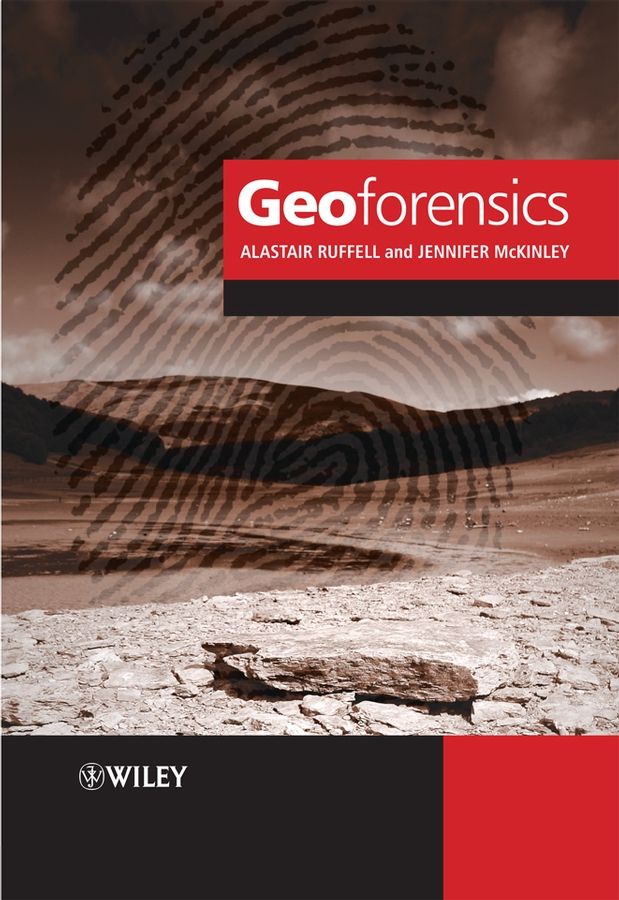This book is a comprehensive introduction to the application of geoscience to criminal investigations. Clearly structured throughout, the text follows a path from the large-scale application of remote sensing, landforms and geophysics in the first half to the increasingly small-scale examination of rock and soils to trace amounts of material. The two scales of investigation are linked by geoscience applications to forensics that can be applied at a range of dimensions. These include the use of topographic mapping, x-ray imaging, geophysics and remote sensing in assessing whether sediment, rocks or concrete may have hidden or buried materials inside for example, drugs, weapons, bodies. <p>This book describes the wider application of many different geoscience-based methods in assisting law enforcers with investigations such as international and national crimes of genocide and pollution, terrorism and domestic crime as well as accident investigation. The text makes a clear link to the increasingly important aspects of the spatial distribution of geoscience materials (be it soil sampling or the distribution of mud-spatter on clothing), Geographic Information Science and geostatistics. </p> <ul type=”disc”> <li><a id=”OLE_LINK3″ name=”OLE_LINK3″>A comprehensive introduction to the application of geoscience to criminal investigation</a></li> <li>Examples taken from an environmental and humanitarian perspective in addition to the terrorist and domestic criminal cases more regularly discussed</li> <li>A chapter on the use of GIS in criminalistics and information on unusual applications and methods – for example underwater scene mapping and extraterrestrial applications</li> <li>Material on how geoscience methods and applications are used at a crime scene</li> <li>Accompanying website including key images and references to further material </li> <li>An invaluable text for both undergraduate and postgraduate students taking general forensic science degrees or geoscience courses </li> </ul> <p><i>”The whole book is peppered with useful and appropriate examples from the authors’ wide experiences and also from the wider literature… an</i><i> essential purchase for any forensic science department as well as for any law enforcement organisation.”</i> Lorna Dawson, Macaulay Institute</p> <p> </p>

